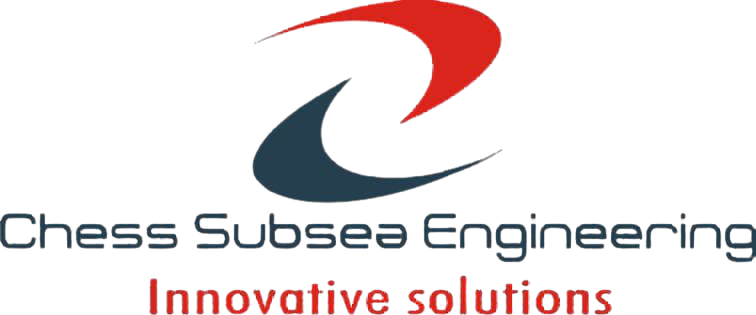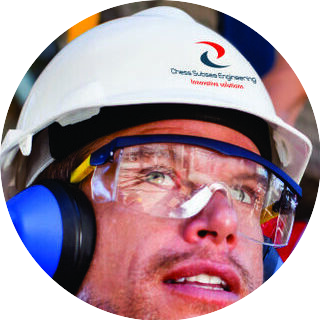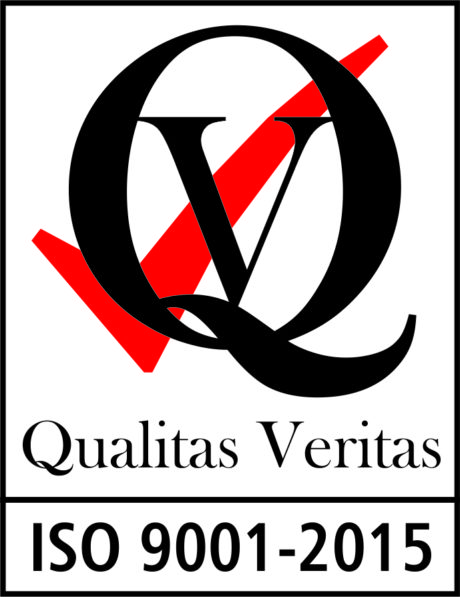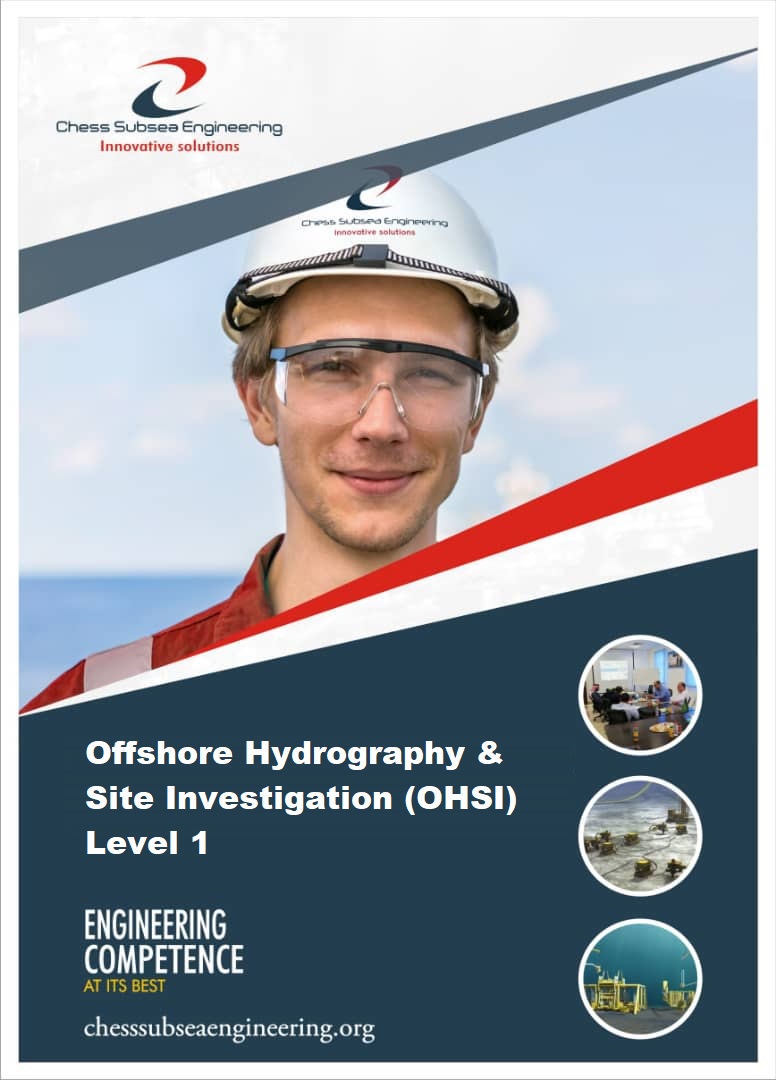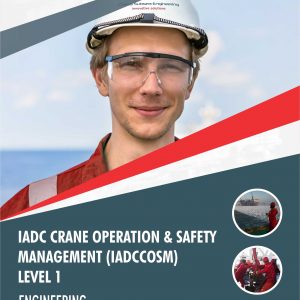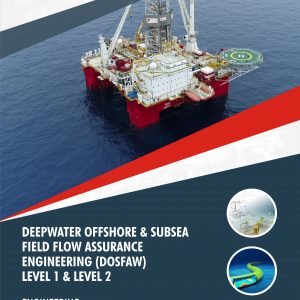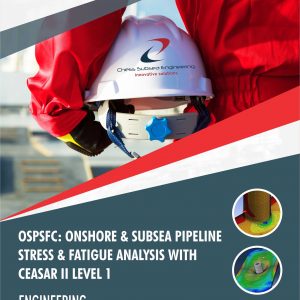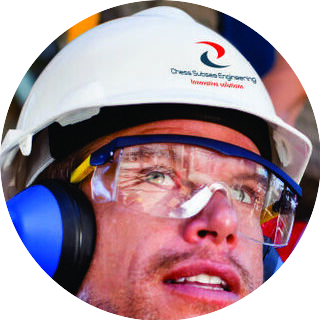Description
The OHSI Level 1 course highlights the significance of adhering to industry standards, regulatory requirements, and environmental considerations in offshore hydrography and site investigation. Participants learn about international standards set by organizations like the International Hydrographic Organization (IHO) and the International Association of Geophysical Contractors (IAGC). They also gain an understanding of relevant regulations governing offshore activities. Furthermore, the course emphasizes the importance of environmental impact assessment and promotes sustainable practices in offshore operations. Participants are encouraged to incorporate these considerations into their surveying and investigation processes.
Hydrography involves using specialized equipment and techniques to measure and map the seafloor, as well as to collect information about the water column, such as water depth, currents, and temperatures. This information is used to create detailed maps and charts of the seafloor, which are essential for safe navigation and for planning and designing offshore facilities.
Offshore Hydrography & Site Investigation (OHSI) Level 1 covers Significance in Offshore Engineering Projects, Overview of Hydrography, Evolution of Hydrographic Equipment and Technology, Principles of Bathymetry, Types of Sonar Systems, Applications of Bathymetric Data, Data Acquisition and Processing, Hydrographic Survey Techniques, Single-Beam Sonar: Principles and Applications, Multi-Beam Sonar: Technology and Advancements, Side-Scan Sonar and Forward-Looking Sonar, Satellite-Based Techniques, Site Investigation in Offshore Engineering, Geotechnical Surveys, Sampling Techniques, Laboratory Testing of Soil Samples, Application of Geotechnical Data in Offshore Structures, Environmental Impact Assessment (EIA), Offshore Project Planning and Management, Incorporating Hydrographic Data in Project Planning, Risk Assessment and Mitigation, Project Management Best Practices, Advanced Technologies in Hydrography, Autonomous Underwater Vehicles (AUVs), Remote Operated Vehicles (ROVs), LiDAR Technology in Hydrography, Emerging Trends in Offshore Hydrography, Continuous Professional Development in the Field and more
Course Outline
Overview of offshore hydrography and site investigation
Importance and applications of OHSI in offshore projects
Introduction to industry standards and regulations
Principles of hydrographic surveys
Bathymetry and topography measurements
Positioning systems and techniques
Data collection methods and equipment
Introduction to data processing software and tools
Data quality control and assurance
Data analysis and interpretation
Preparation of survey reports and charts
Introduction to site investigation in offshore environments
Geological assessments and seabed characterization
Soil sampling and laboratory analysis
Geotechnical analysis and interpretation
Role of OHSI in offshore infrastructure projects
Site selection and suitability assessment
Design considerations for offshore structures
Risk assessment and mitigation measures
Importance of navigational safety in offshore areas
Charting and nautical chart production
Submerged hazards identification and mitigation
Navigation aids and guidelines for safe navigation
Environmental impact assessment in offshore operations
Ecological surveys and biodiversity assessments
Best practices for minimizing environmental impact
Compliance with environmental regulations and guidelines
Review of real-world OHSI projects and challenges
Practical exercises on data collection and processing
Project planning and management considerations
Budgeting and resource allocation
Effective communication and reporting
Collaboration with multidisciplinary teams
Technical Support References
Ref 1: Offshore Hydrography
Ref 2: Geophysical Survey Techniques
Ref 3: Geotechinical Survey Techniques
Ref 4: Site Investigation & Report Writing
Ref 5: Offshore Hydrography & Site Investigation Operations JSA
Assessment
Participant underpinning knowledge of offshore hydrography & site investigation techniques will be accessed with short answer multiple-choice questionnaire at the conclusion of the course.
Outcome
Participants will gain an in debt understanding of offshore hydrography & site investigation techniques. They will also be able to function with minimum supervision as a Subsea Engineer or Subsea Survey Engineer for IOCs, subsea pipeline company contractor, Geophysical Survey or installation company.
Professional Certificate
Issued directly by Chess Subsea Engineering Europe.
Participant may be presented for Offshore Petroleum Training Organization (OPITO) Certification.
How to Register
Click here to download registeration booklet on msword and email completed booklet to info@chesssubseaengineering.org directly.
